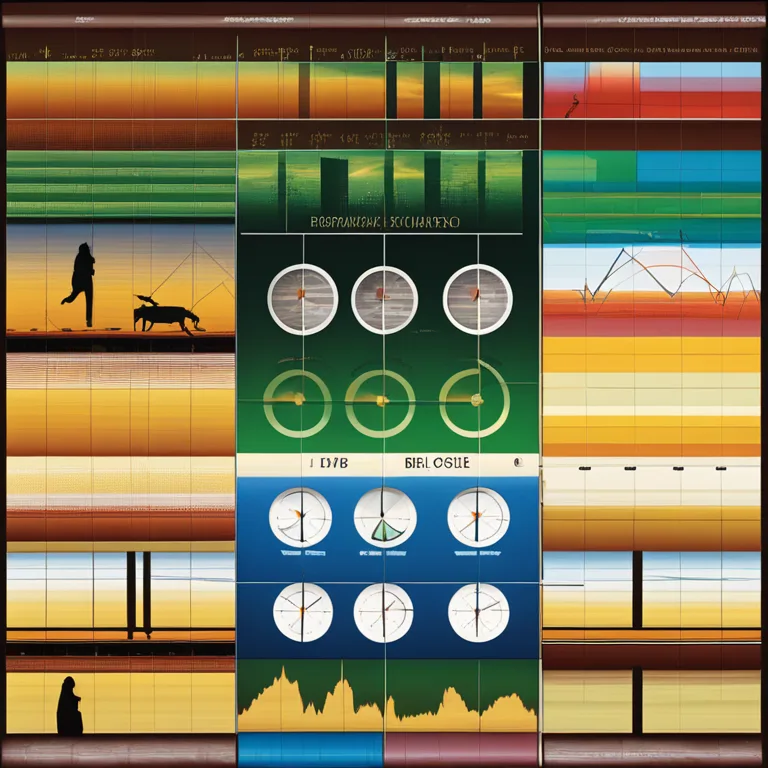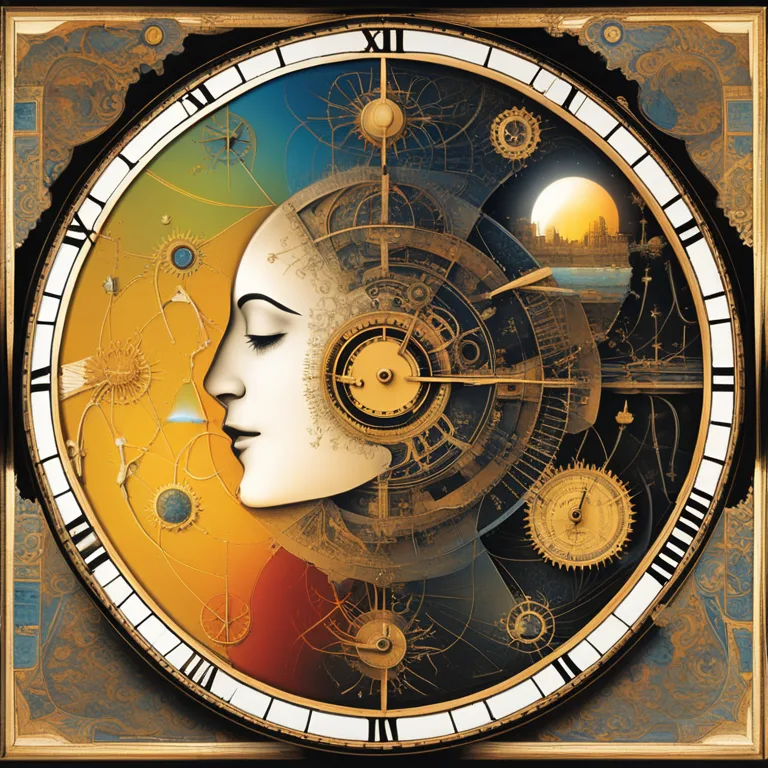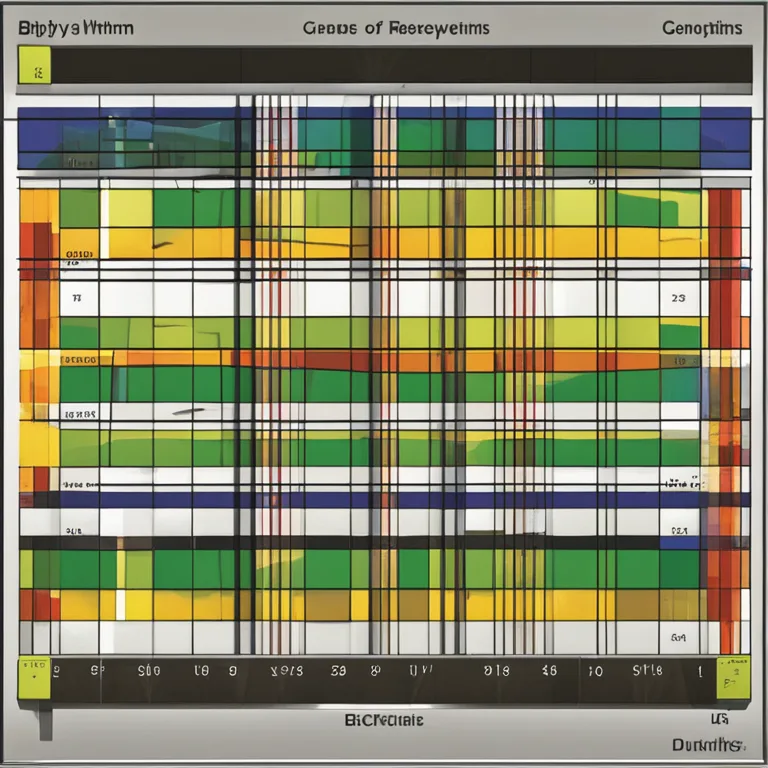
The Intersection of Biorhythms and Circadian Rhythms
Discover the fascinating connection between biorhythms and our intrinsic circadian rhythms, and how they influence overall well-being.
article by Adrian Wallace
Introduction to Biorhythms
Biorhythms are a hypothetical concept suggesting that human life is influenced by rhythmic biological cycles. These cycles are thought to affect our physical, emotional, and intellectual capabilities. The theory of biorhythms purports that from the moment of birth, humans experience consistent and predictable patterns of change. However, the scientific community widely considers the concept to lack empirical support, treating it as pseudoscience. Despite this, interest in biorhythms persists, especially among enthusiasts of alternative and holistic health practices. The relationship of these cycles to circadian rhythms offers a point of intersection that appeals to those seeking an interconnected view of bodily patterns and holistic well-being.

Understanding Circadian Rhythms
Circadian rhythms, in contrast to biorhythms, are well-established biological cycles that take place over a 24-hour period. These rhythms are driven by our internal body clocks and regulated by external cues such as light and temperature. The field of chronobiology has documented how circadian rhythms govern processes like sleep-wake cycles, hormone release, eating habits, and digestion. Disruption to our circadian rhythms can have profound effects on health, leading to sleep disorders, obesity, depression, and more. Unlike biorhythms, circadian rhythms have been extensively documented and analyzed, offering valuable insights into human health and behavior.

Interplay Between Biorhythms and Circadian Rhythms
While biorhythms and circadian rhythms are distinct concepts, they both highlight the influence of cycles on human functioning. Biorhythms propose a more complex set of cycles spanning days, weeks, or even months. Yet, both theories converge on the point that rhythmic patterns are crucial to maintaining health and balance. Through the lens of those who endorse biorhythms, such patterns could coincide with or perhaps even interlace with the cycles dictated by circadian rhythms. Despite the lack of scientific backing for biorhythms, studying their relation to the circadian schedule raises interesting discussions about patterns in human life and well-being.

The Scientific Perspective on Biorhythms
As of 2024 and beyond, most scientific inquiry remains skeptical of biorhythms due to the lack of empirical evidence. Most studies that examine human physiological cycles focus on the circadian system and its implications for health. This remains a crucial area of research, particularly as modern life often interferes with natural circadian rhythms. Scientific evidence supporting the idea that the body operates on a precisely tuned 24-hour cycle is robust and continues to grow, while support for biorhythms does not enjoy the same level of empirical validation.

Circadian Rhythms in Health and Disease
The study of circadian rhythms has illuminated the importance of aligning our lifestyle with our body's natural clock. Shift work, jet lag, and exposure to artificial light at night are among the disruptors of these rhythms, having negative implications for health. Efforts to manage circadian rhythms have led to the development of treatments and recommendations for sleep disorders, designed to re-synchronize internal clocks with external environmental cycles. In the context of health and disease, circadian rhythms are thus a focal point of both research and practical interventions.
Final Thoughts on Patterns in Human Physiology
In touching on the concept of biorhythms alongside the scientifically validated circadian rhythms, we can appreciate the human inclination to find patterns and cycles in life. While the scientific approach to understanding these patterns is rooted in evidence and research, the continued interest in biorhythms reflects a broader quest for self-understanding and holistic health. Regardless of the differing views on biorhythms, the recognition of rhythmic patterns in human physiology offers a compelling area for contemplation and self-discovery.
Published: 12/28/2023
Modified: 12/28/2023
More predictions
Come back here soon to learn more about yourself and your future


Biorhythms Compatibility Calculator: Synchronize Your Cycles
Discover how a biorhythms compatibility calculator can help you sync with your partner's innate cycles for an enhanced connection.


The Accuracy of Biorhythms: A Myth or Science?
Delve into the debate on the accuracy of biorhythms and discover whether they hold any scientific validity.


Biorhythm Compatibility and Birth Dates: The Connection Revealed
Discover how biorhythm compatibility based on birth dates can influence personal connections and relationship dynamics.